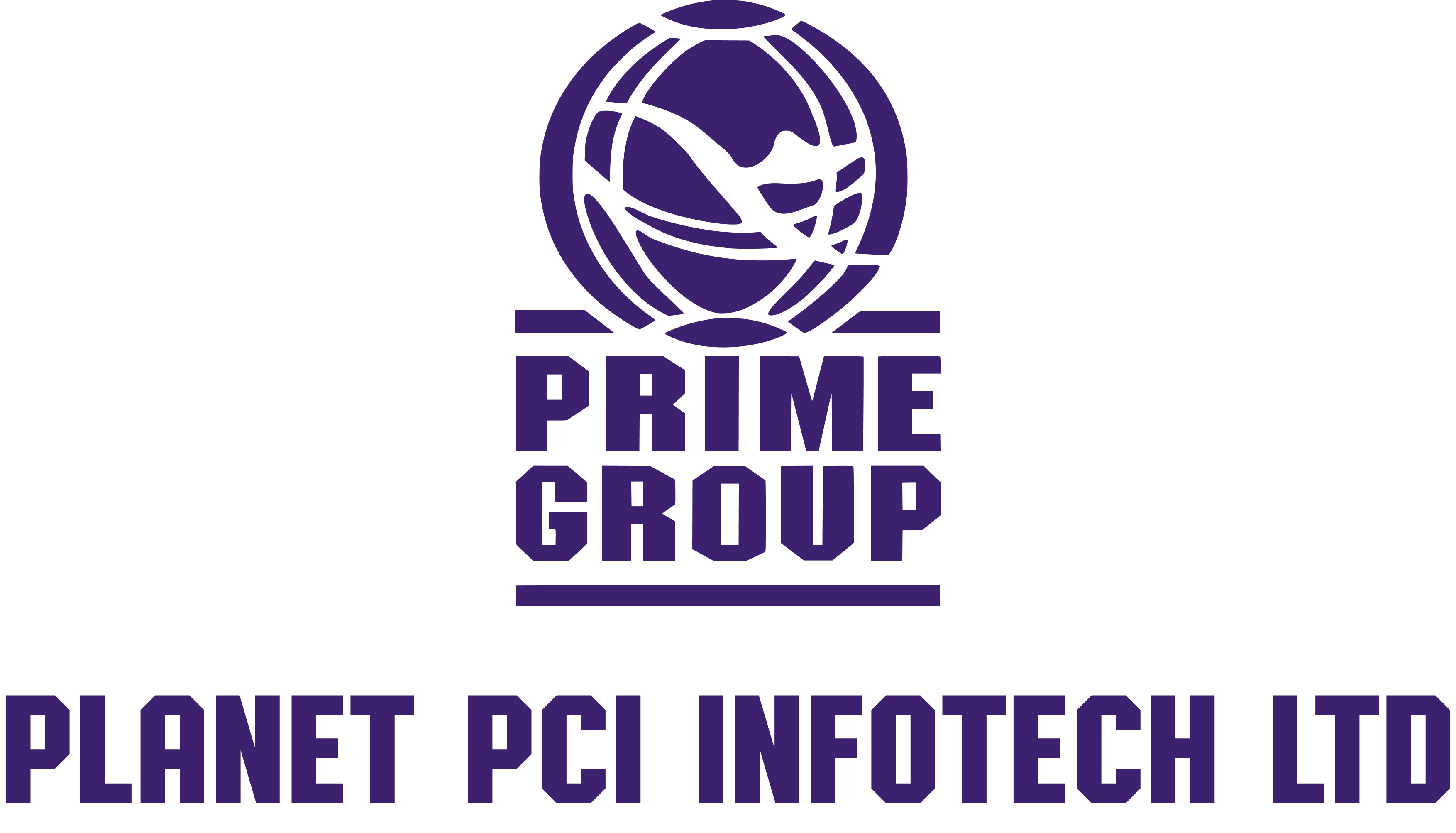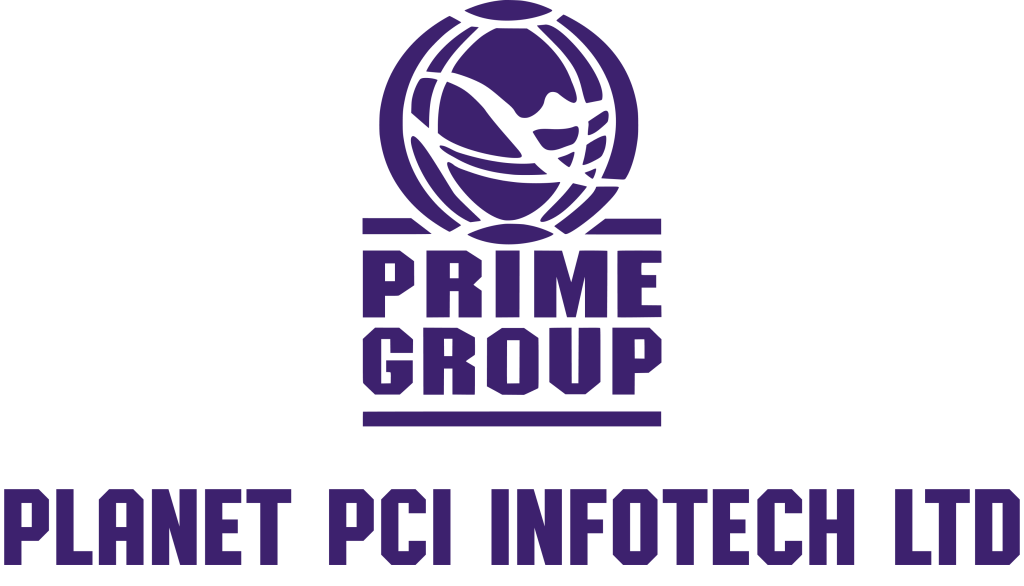Business budgeting is a sensible and practical approach to establish the operational and financial goals of any organization. A carefully designed budgeting process is vital for operating and benefitting the businesses in a market scenario in constant flux.The current trend is an automated budgeting. Today's organizations are adopting business budgeting process using systematic and augmented software solutions for many reasons.
A recent survey found that 43% of businesses based in the US use software to manage their annual budgets.Budgeting software aids businesses to estimate future expenses and revenues and forecast differential loss or profits.
What is budgeting software?
A budget is not just about numbers. It provides a vision to the company and determines what can be achieved in a specific period. Therefore, most businesses get ready to put in place an authentic budgeting process for each fiscal year.
Small short-term budgets can be used by small companies, while large ones require corporate budgets created by finance professionals. Corporate budgets can be prepared for monthly, quarterly, or annual plans, and budgeted data may be utilized to track whether actual results matched expected performance data.
Old-school modes of budgeting have become too arduous for both individuals and businesses. The traditional ledger books have become passé'. Even Excel spreadsheets are considered tiresome.Thus, a better alternative has emerged, that of budgeting software. It is an automated budget monitoring system.
Business budgeting software helps in preparing the following:
Sales projected of budgeted period
Fixed overheads or costs
Direct cost of sales
Capital budgeting
The process of capital budgeting permits any business to understand and check its potential for large investments and expenses. Experts analyse the estimated quantum of money needed to invest in the business and the project's potential revenue generation. Risk factors are also identified while making decisions of capital budgeting.
The 50 -20-30 rule
This formula was developed by US senator Elizabeth Warren. As per this, for small businesses, after- tax income may be divided into 3 sections: 50% would be allocated for essential and unavoidable needs, 30% for inevitable, actual needs, and 20% for savings. In corporate budgeting, finances may be broken down into 50% for necessary expenses, 30% for the development of the business, and 20% for financial goals.
Types of budgeting provided by the software
There are 4 main kinds of budgeting software solutions:
Software program for Incremental Budgeting: takes actual figures for last year to determine the current year's budget.
Budgeting program that is Activity based: It is a top-down budgeting approach where senior managers prepare a budget based on company objectives and pass it down to managers to implement it.
Budgeting program for Value Proposition: As per this, the budgeting manager determines the following: why a specific amount is added to the budget and whether this item is useful for stakeholders, staff, and customers.
Zero-based budgeting: This approach ignores the history of budgeting and allocates funds based on efficiency and necessity.
In sum, budgets forecast the outcome between incomes versus expenses. The budget expenditure monitoring software covers revenue, cash flow, expense, and financial position of the firm. The software helps in the calculation of approximate annual expenditure as against yearly income.

